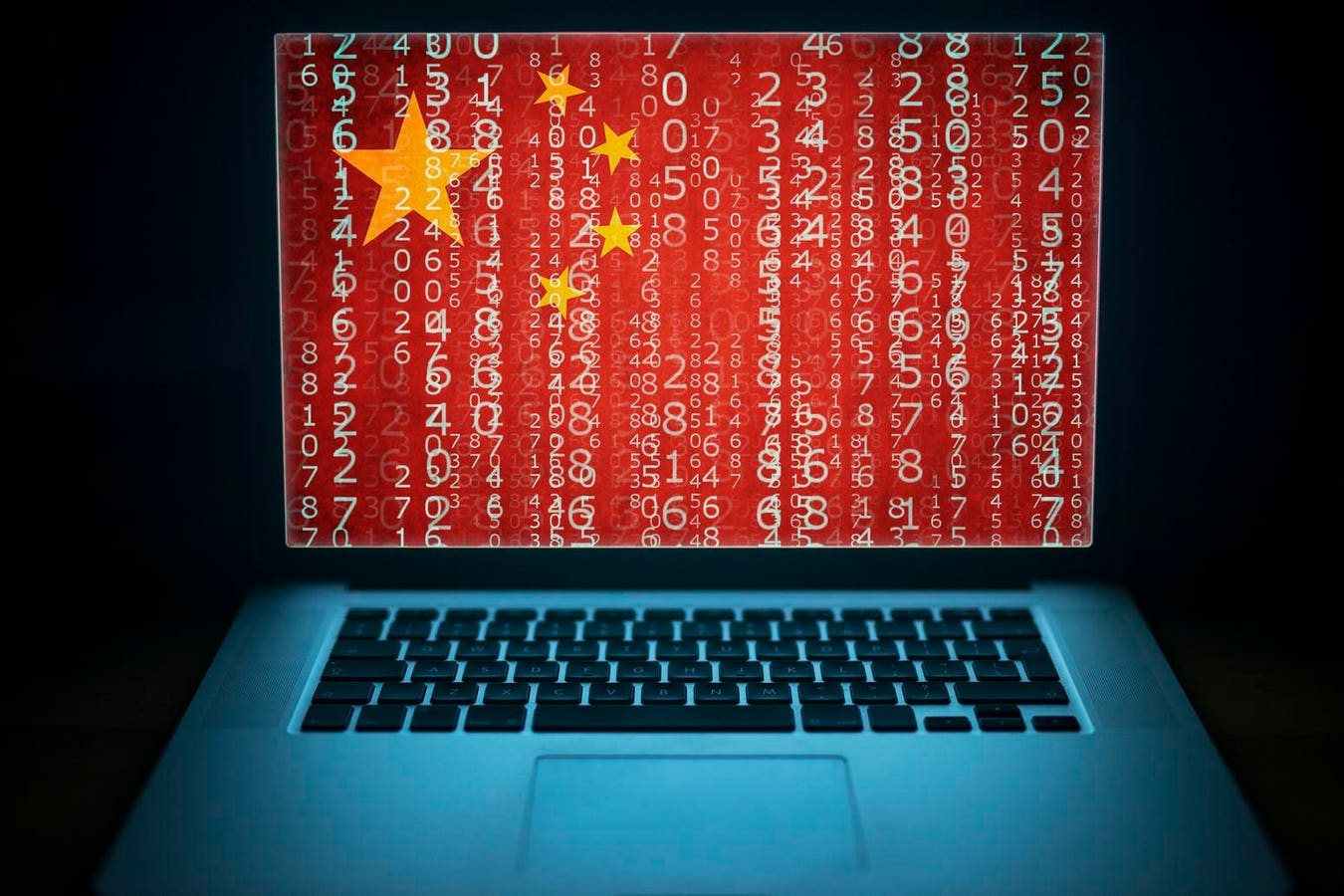As CPO, Sander Barens manages Expereo‘s service portfolio, driving world-class connectivity solutions for global enterprises.
Business leaders are facing a surging number of external challenges beyond their control, be they the increased threat of cyberattacks, supply chain vulnerabilities or rising geopolitical tensions.
Although these challenges are external and somewhat unavoidable, business leaders can better protect themselves, starting with ensuring their network connectivity is robust. Increasing enterprise connectivity capabilities can mitigate the risks associated with the ever-evolving threats now facing businesses.
In particular, reducing the harmful impact of unsecured data, frequent network downtime and managing the ROI of connectivity can all be achieved by understanding the available technology and enforcing fresh best practices across an organization. Let’s look at the three ways that organizations can improve connectivity.
Placing Data Security At The Center Of Operations
Enterprises can safeguard their key data by being aware of the current data security trends and taking the necessary steps to combat the threat of potentially unsecured data.
Bridging any internal technology skills gaps is the first step to building organizational resilience, particularly when it comes to handling data securely. Recruiting knowledgeable talent and performing frequent skills training ensures teams can facilitate the introduction of new technologies, maintain productivity during disruptions and identify pitfalls within the technology stack.
Beyond identifying security threats, organizations must take concrete action, such as enhancing their network infrastructure, to close existing vulnerabilities. Without optimal network capabilities, organizations may not be able to protect themselves effectively.
By combining and optimizing connectivity solutions—such as SD-WAN, SASE and cloud-native networks—enterprises can reduce their exposure to data breaches through secure, encrypted pathways but also enhance the overall performance, quality and availability of the applications that generate and utilize data.
Organizations can evaluate connectivity solutions by considering whether the solution offers visibility and smart insights into network and application performance. Increased transparency can enable faster detection of anomalies, better decision making and more agile responses to potential security threats, ultimately supporting a more robust and secure digital ecosystem.
It’s also essential to secure data by keeping networks and systems updated and patched, which closes any vulnerabilities that cyberattackers may exploit.
Minimizing Costly And Disruptive Downtime
Optimizing connectivity solutions can significantly reduce costly business downtime at a time when business costs continue to rise.
Business leaders looking for a return on investment when it comes to connectivity solutions should always consider the losses they would have felt if network outages became a recurring issue. Decreased productivity, reputational damage and declining employee satisfaction are some of the implications associated with frequent downtime.
One of the best ways to uphold network connectivity is to have multiple backup services in place that activate in the event of an outage. Backup solutions such as fixed wireless access and low earth orbit (LEO) satellite technologies, for instance, can maintain business continuity.
Every second of downtime can translate into significant financial and reputational damage, especially in an era of instant global communication.
Measuring The ROI Of Connectivity
Assessing an organization’s digital return on investment (ROI) can also help to communicate business outcomes to the workforce through the use of network solutions and other related technologies. Prioritizing projects and investment areas that deliver the greatest value will sync teams to understand the importance of network resilience and align them with measurable business KPIs.
Rolling out the latest technologies, such as AI, should be a priority for the majority of global enterprises, for example, as these can improve ROI. But for workforces to interact with AI at its full potential, bottlenecks caused by connectivity issues must be addressed. Technology leaders should continuously assess where networks are underperforming to overhaul them and support the implementation of new technological projects.
In parallel with technology, enterprises should also consider how connectivity strategies align with sustainability goals. This simple yet effective internal practice can support global workforces in performing better in the long run. Sustainability-driven organizations operate more efficiently and produce less waste, which directly reduces costs.
Customers and potential employee talent are increasingly drawn to organizations with green credentials in comparison to their competitors. This means an increase in customer loyalty (and success) and recruiting the very best talent, thanks to the green credentials. Outdated and unsustainable operations hinder an organization through higher operational costs and damage caused by negative reputational perception.
Achieving Business Objectives Through Optimized Connectivity
Threats and challenges facing businesses have reached new heights on a global scale. There is little room for error, and decisions about where to invest hard-earned capital can make or break a business. The vast majority of global businesses rely upon internet connectivity, and this should be at the top of the list.
Ultimately, secure and scalable connectivity forms the backbone of modern business operations. When supported by reskilling initiatives, sustainability efforts and performance monitoring, connectivity can unlock business value.
Under-investment in connectivity, on the other hand, can leave businesses vulnerable to threats posed by cyberattackers and an uptick in network outages. With rising business costs, any downtime suffered by a business will be both financially and reputationally damaging. Now is the time to place connectivity at the center of investment plans to ensure secure and seamless operations across all business functions.
Forbes Technology Council is an invitation-only community for world-class CIOs, CTOs and technology executives. Do I qualify?









